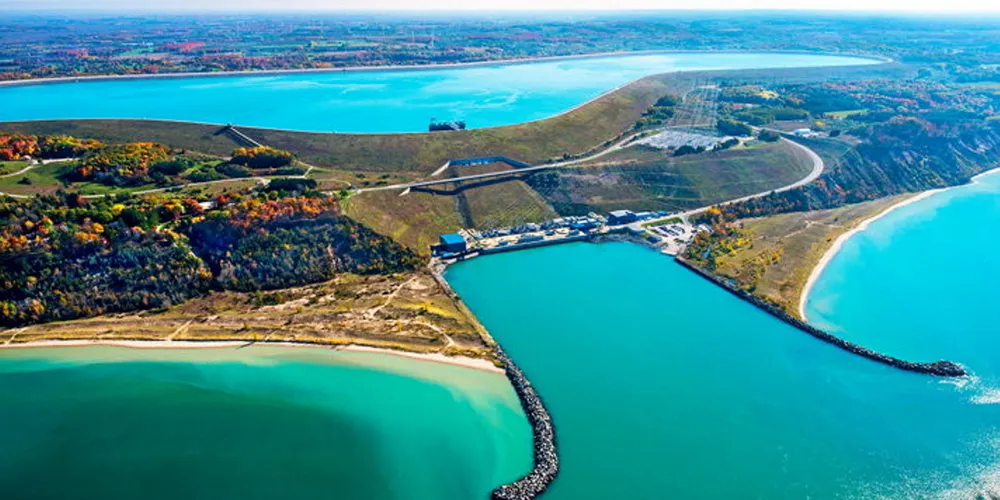Closed-loop pumped storage hydro 'smallest emitter' among rival technolgies: study
National Renewable Energy Laboratory paper argues technology has lowest global warming potential versus shorter and long-term storage options

National Renewable Energy Laboratory paper argues technology has lowest global warming potential versus shorter and long-term storage options
